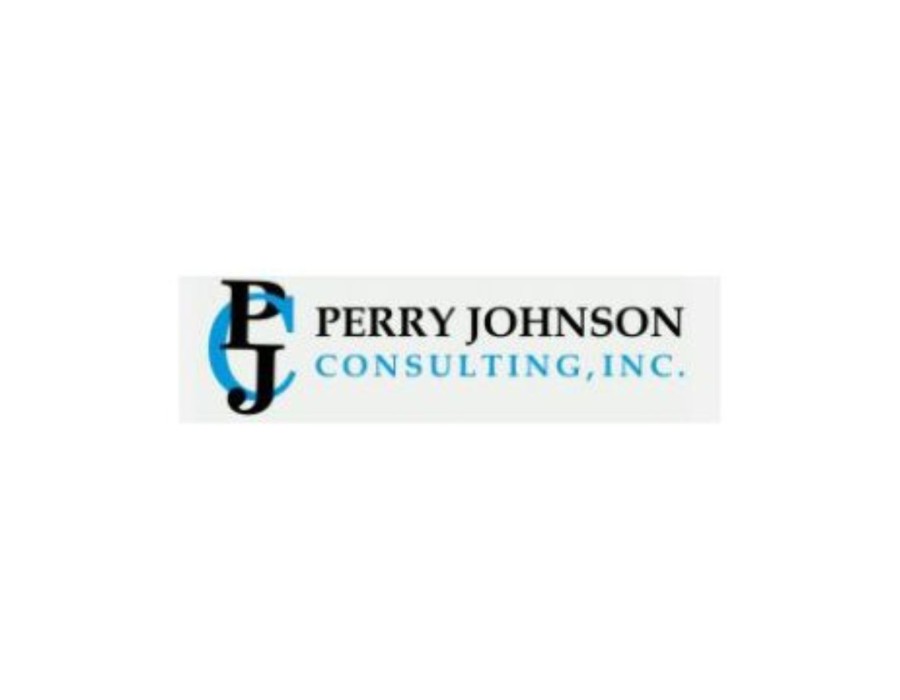Starting an R2-compliant program is not only about following a checklist. It is about creating a clear and organized system that matches the global standard for responsible electronics recycling and reuse. Many businesses face challenges in understanding the rules and fitting them into daily work. This is where professional guidance, such as responsible recycling (R2) training, becomes an important tool. Building the program from the start takes careful planning, trained staff, and strong internal controls. By following a step-by-step process, a business can achieve compliance and improve the way it works at the same time.
Understanding the Core Framework
An R2 program is based on clear rules for operations, records, and safety. The framework includes tracking all materials, managing data safely, handling dangerous parts correctly, and checking the performance of outside partners. Each rule has a purpose. It helps make sure every stage of processing is controlled and recorded.
Training from experienced professionals helps teams understand what each rule means, why it matters, and how to apply it in their own workplace. This cuts down mistakes and speeds up the process of building the program.
Creating a Clear Implementation Plan
Before making changes in the workplace, a business needs a written plan. This plan should explain the goals, the timeframes, and the resources needed. It must show how the company will meet each rule in the R2 standard.
Consultants often suggest starting with a gap check. This review finds out where current work already matches the standard and where changes are needed. The check gives a clear guide so managers can use time and resources in the best way possible.
A well-prepared plan also makes it easier to track progress. As each step is completed, the business can see how close it is to full compliance.
Establishing Secure Data Practices
For any business that deals with used electronics, data safety is a major concern. Devices must be cleaned, destroyed, or sanitized using proven methods. These actions must be written down, tested, and checked regularly.
Proper training ensures that workers know the correct way to handle each type of storage device. This also includes keeping records that prove the process was done right. Doing this not only meets R2 rules but also protects client trust and avoids legal issues.
Managing Material Flow and Vendor Oversight
An R2-compliant program covers more than just what happens inside the business. It also applies to how materials are handled by outside companies.
Tracking material flow means knowing where every part goes, from start to finish. Vendor oversight means checking and approving outside partners before using them. Businesses must confirm that each partner also follows the R2 rules. This often includes site visits, review of documents, and regular checks to make sure standards are kept. This step is critical because if a vendor breaks the rules, it can affect your own compliance status.
Building Staff Competence Through Expert Training
Compliance depends on people, not just written procedures. Workers must have the knowledge and skills to follow the rules every day. Structured training from qualified consultants makes this possible.
These programs teach how to identify hazards, handle materials safely, erase or destroy data correctly, and keep the right records. When staff are confident in these tasks, the chance of failing an audit is much lower. Regular refresher training also helps workers stay updated with any changes in the standard.
Conducting Internal Audits and Continuous Improvement
Internal audits act like a health check for the compliance program. They show if the rules are being followed and highlight areas where work can improve.
A strong audit process involves reviewing documents, watching work being done, and asking staff about their tasks. After the audit, the results are used to improve procedures and train staff again if needed.
This ongoing improvement helps the program stay strong, even as operations grow or change.
Why Expert Support Accelerates Compliance
It is possible to work toward compliance without outside help, but it can take longer and cost more if mistakes are made. Experienced trainers and consultants already know the common challenges and how to solve them quickly.
They also bring examples from different industries, giving practical ideas for meeting the standard in real-life situations. Consultants can prepare documents, check processes, and guide staff so that nothing important is missed during certification.
This extra support reduces the stress of preparing for an audit and increases the chance of passing on the first attempt.
Final Words:
By following a clear plan, supported by skilled trainers, any organization can build an R2-compliant program from scratch. Strong procedures, trained staff, and full control over vendors and materials create a solid base for success. Reaching all R2 certification requirements means the program can pass an external audit and keep approval for many years. This also sends a strong signal to clients and partners that the business is committed to professional standards.
If you are ready to build or improve your R2 compliance program, work with training specialists who can guide your team at every stage. Contact our experts today and start creating a program that meets the highest standards with confidence and efficiency.





Comments